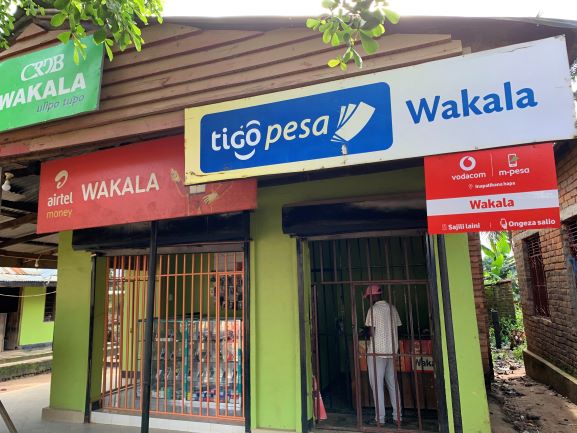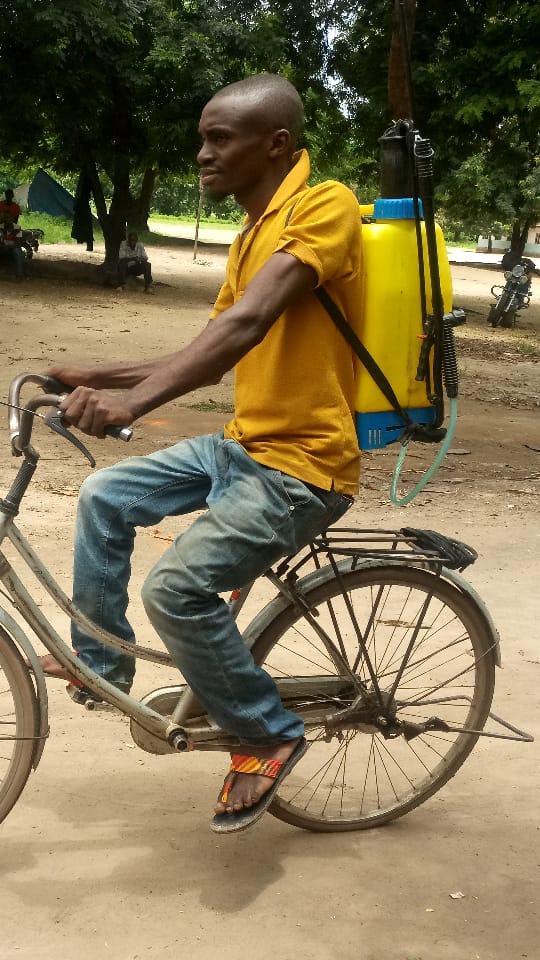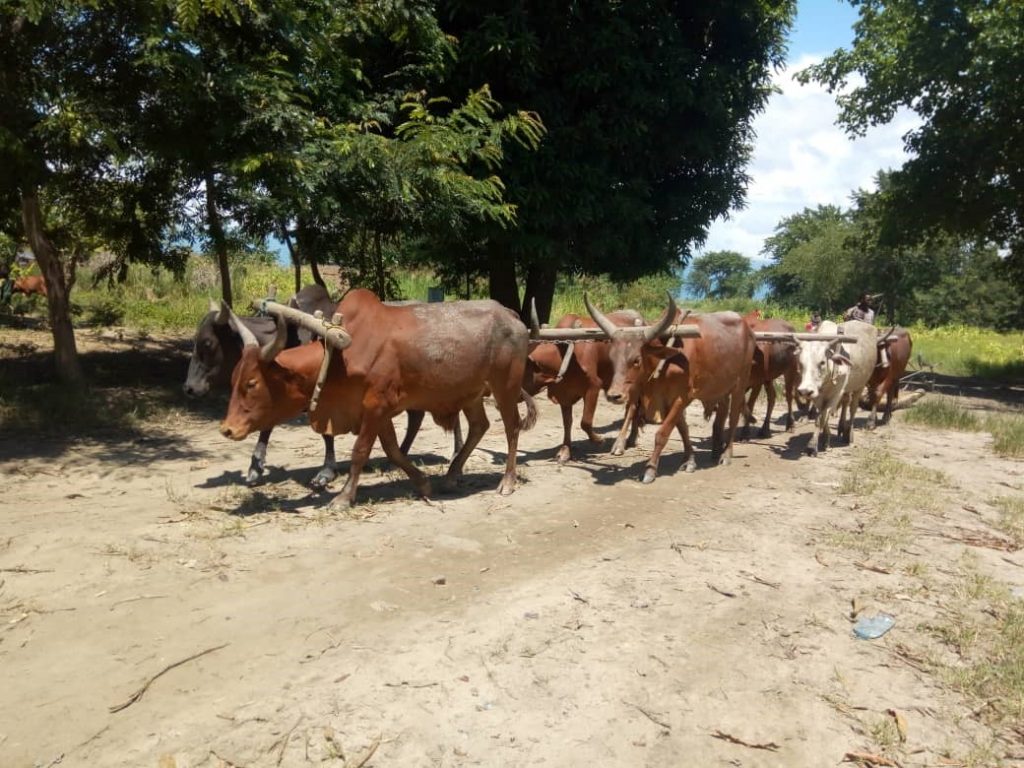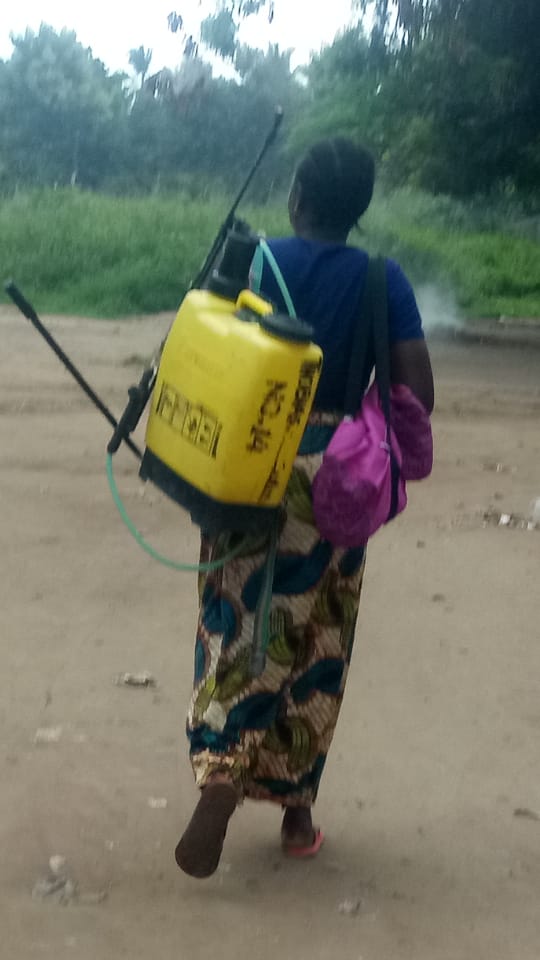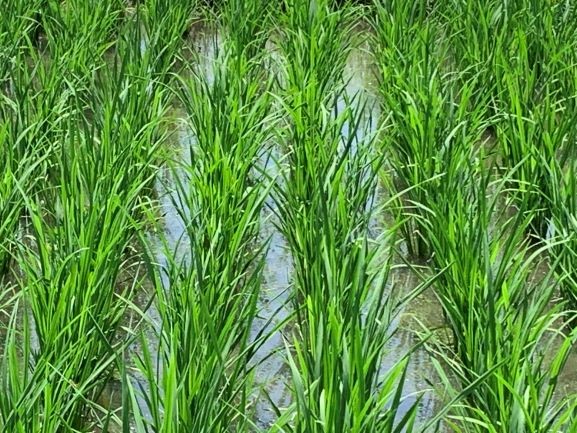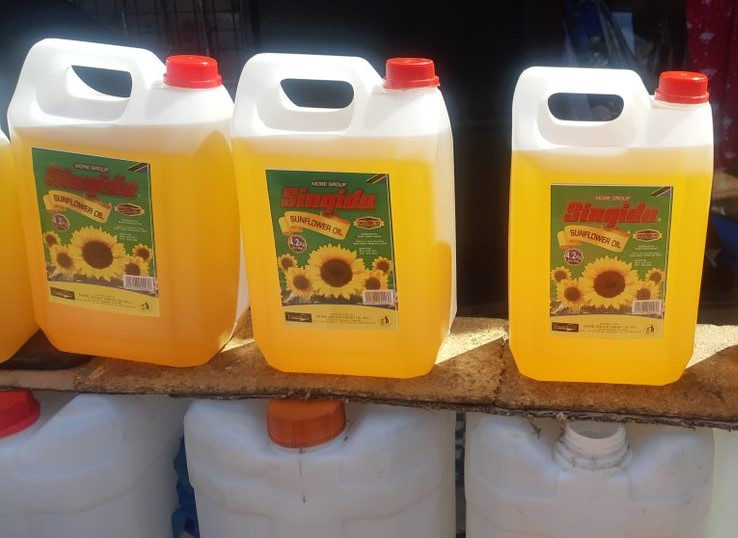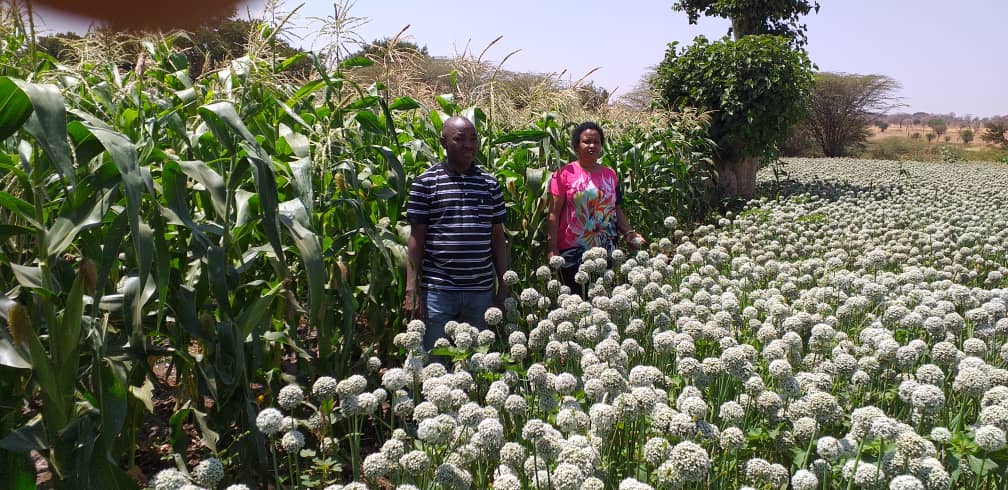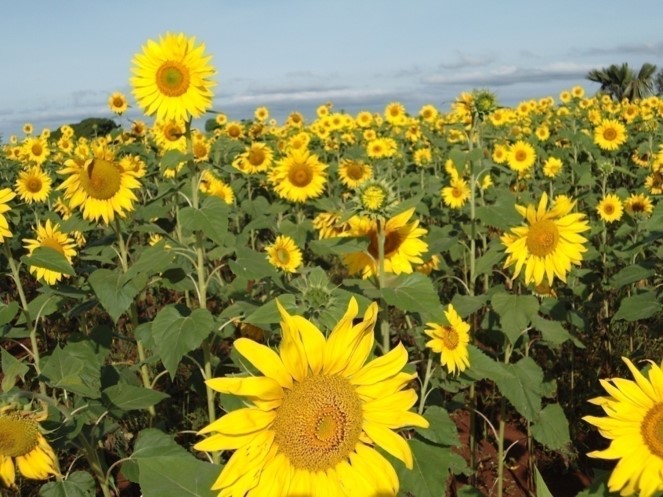Drawing lessons and policy messages from APRA research in Tanzania
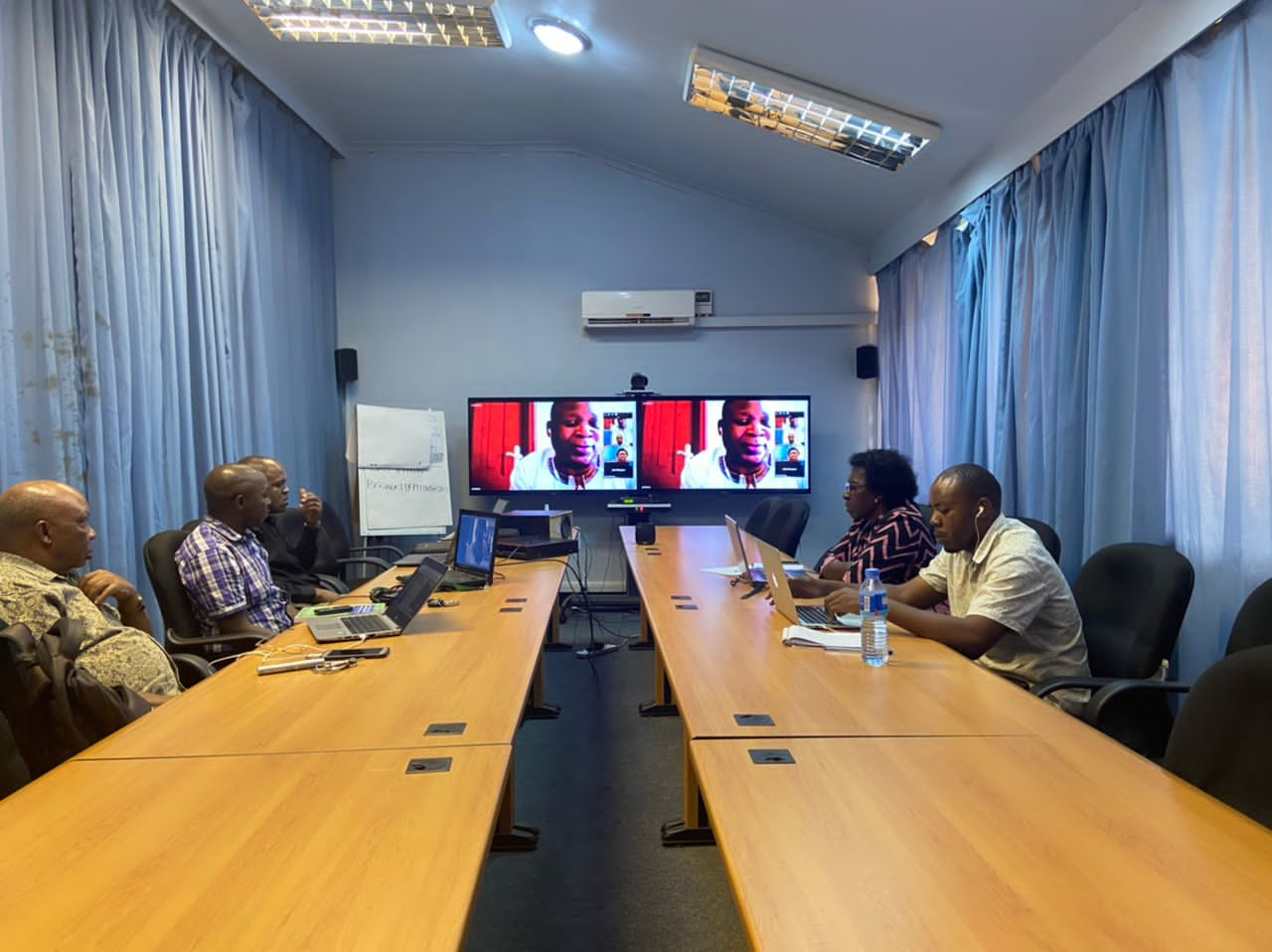
Written by: Aida Isinika and Ntengua Mdoe
With a goal to share feedback on their research process and the outcomes of their studies in terms of publications, policy messages, and policy engagements, APRA Tanzania researchers gathered members of the UK’s Foreign and Commonwealth Development Office in Tanzania on 2 December, 2021. This blog shares the presentations, discussions and lessons emerging from this feedback session, which took place virtually and included APRA researchers based at Sokoine University of Agriculture, Nairobi-based Dr Hanington Odame, and Mr Alex Mangowi, representing the FCDO office in Tanzania.
Two presentations were made, each focusing on one of the APRA Tanzania team’s value chains of interest; rice and sunflowers. These presentations were entitled, “Inclusive commercialisation: Policy lessons from the rice value chain in Mngeta, Kilombero” and “Sunflower commercialisation in Singida Region: A longitudinal study’’.
The rice value chain
The rice study’s primary objective was to assess the effect of different commercialisation pathways on poverty and food security, especially on that of women and youths. A number of research questions were addressed, including:
- What is the level of commercialisation attained by different categories of farmers?
- What factors influence the level of rice commercialisation attained by households?
- Is commercialisation inclusive?
- How do we measure livelihood improvement? or poverty level changes?
- Have different farmer categories benefitted differently from rice commercialisation?
This presentation highlighted the importance of rice in Tanzania as a food and cash crop. This was followed by the study’s methodology, which was characterised by a panel study involving two cross sections of data – one collected in 2017 for the 2016/17 crop season, and the second collected in 2020 for the 2018/19 crop season.
The key findings from the study show that:
- Rice commercialisation has been ongoing in the study area, driven by several factors including:
- Migration which brought population diversity and competition to succeed;
- Infrastructure improvement (electrification, roads, communication, mobile money);
- Intensification due to technology (e.g. sustainable rice intensification, area expansion (extensification) mostly through animal-drawn technology, rising urban population and regional markets.
- However, rice commercialisation is not yet on a sustained rising path. It remains susceptible to changes in weather and market factors.
- Rice is an important crop contributing to income and food security, however, gender gaps exist due to resource constraints that lead to productivity and thus commercialisation differences.
- Employment and value addition opportunities for women and youths exist along the value chain, but they face resource and cultural barriers that need to be addressed.
- Rice commercialisation still faces many challenges including:
- Increasing population pressure leading to declining average farm size;
- Low use of improved inputs, especially seed and inorganic fertiliser;
- Poor handling of agrochemicals, especially herbicides, the use of which has been rising quickly;
- Poor feeder roads;
- Poor processing quality and packaging;
- Policy inconsistency regarding imports and exports;
- The susceptibility of rice exports to regional markets to none-trade barriers across borders as exposed during the COVID-19 pandemic.
- Low resilience to shocks.
The sunflower value chain
The second presentation, which covered the team’s study on the sunflower value chain, highlighted the importance of sunflower as a strategic crop for poverty reduction, not only in Singida Region but in all sunflower-producing regions of mainland Tanzania. As Tanzania is a net importer of edible oil, meeting the local demand by only 45 per cent, there have been many efforts to increase the production of sunflower with the aim to reduce the huge import bill. In Singida region, as efforts to increase sunflower production have been ongoing, other economic enterprises have been growing as well, including the production of cashewnuts, chickpeas, onions and livestock.
The objective of this longitudinal study was to examine how different pathways of sunflower commercialisation have evolved in Singida Region. Specifically, the study assessed changes that have occurred over a twenty-year period from 2000–2019, and how these changes have influenced livelihood opportunities and outcomes for different categories of farmers. The findings show that sunflower production has been rising in terms of number of farmers and area. These changes have been driven by:
- Infrastructure improvement (road, electrification, mobile money)
- Increasing processing capacity
- Facilitation by the government, development partners and NGOs
- Farmers’ diversification, funded by sunflower profits, such as into livestock and the production of other crops. As government facilitation declined after 2005, especially in supporting the availability of improved seed, sunflower productivity and production also declined, giving room for farmers to switch to alternative crops.
The study concludes by stating that in Singida Region, farmers depend on diverse sources of livelihood, within and outside agriculture. Sunflower commercialisation stimulated diversification as well as benefitting from other enterprises, since income from sunflower catalysed investments in high-value crops such as onions and green gram in response to market dynamics. In the ongoing commercialisation process, everybody benefitted from commercialisation, but with social difference (gender, age, wealth status, social behaviour). For instance, medium-scale farmers (MSF) and male-headed households were more food secure and less impoverished than small-scale farmers (SSF) and female-headed households.
Key policy messages
The key policy messages emanating from both the rice and sunflower studies, respectively, are presented below. Opportunities for policy influencing were also presented and discussed with a hope that many more such opportunities may come in future.
Rice:
- Support infrastructure and institution development for sustainable intensification and extensification; intensification works for all including women and youths.
- Establish an institutional framework to monitor and educate farmers on agrochemical input use and salinity management to ensure sustainable rice production.
- Increase investment in health and education services; and enforce health laws for inclusion of remote villages where women face a more significant gender gap.
- Support alternative income-generating activities (IGAs), which are more inclusive for women and youths.
- Involve local communities in developing solutions to address negative cultural norms to enhance the inclusion of women and youths so they benefit from rice commercialisation.
- Make strategic moves to sustain and expand regional markets and address rising competition from imports and national drives to rice self-sufficiency.
Sunflower:
- Facilitate the production of high-quality sunflower seed and its products to consolidate import substitution.
- Promote complementary enterprises based on their relative competitive advantages (in the use of land, labour, and capital) in the short-, medium- and long-term.
- Control livestock populations to encourage communities to practice proper land use.
- Promote alternative IGAs to enhance household food security in marginal environments.
- Ensure the availability of productivity-enhancing inputs and technologies at affordable prices.
Conclusions
In sum, it was observed that there is a need to look at the political economy of the value chains in order to contextualise regional issues including markets. Given that the findings show that MSFs had stronger employment and technological spill-over effects to SSFs than the large-scale investor, APRA’s policy messages should be used to promote more inclusive and sustainable commercialisation that support MSFs along with SSF. It was also recommended that commercialisation should be addressed from a profitability perspective, which also relates to the call to improve the business environment as it will reduce the cost of doing business. The discussion also touched on avenues for potential collaboration in future between APRA and FCDO.

